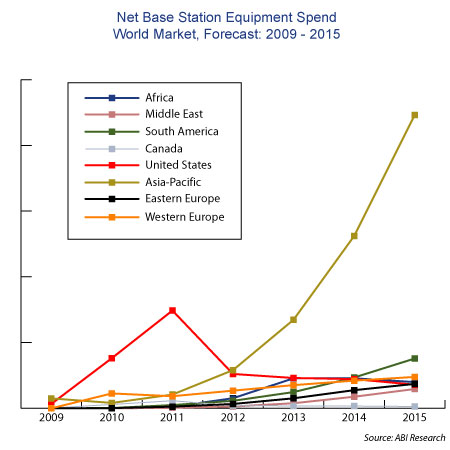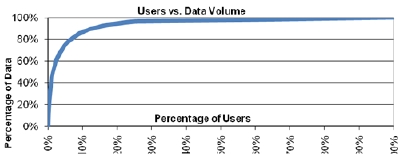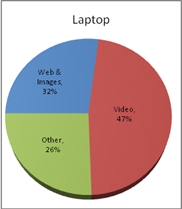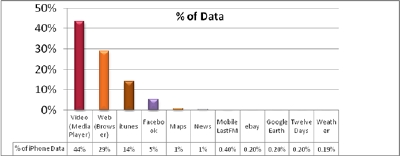Our final newsletter of 2010 hoves into view and you might think it would solely consist of items such as “Ten Things to Think About While You Wait For The Holidays”, but Ericsson put a cat amongst those thought pigeons by buying itself a little early Christmas present.
Yes, the Swedish outfit has added Optimi to its squad, giving it a bigger midfield presence in the network optimisation and SON game. This one is related to Ericsson’s role in network services, of course, where it has the ambition to extend its contracts beyond outsourced network management, and deeper into the IT practices of mobile operators as well. Optimi, with its OSS-based (something Ericsson was very keen to point out) network optimisation products, will help Ericsson manage multi-vendor and mutli-technology networks on behalf of its operator customers.
But back to the lists. Byte Mobile popped up with a list of data stats that it says it has observed in its customers’ networks. The stats’ headline finding is that there is no “busy hour” any more, with a pretty much constant network load across a 12 hour period. This is relevant in terms of defining tariffs, service launches, etc, but as a piece of network management or planning information, not of great help. Byte’s findings, if you take them as read, indicate that overall there is not much difference between ten at night and 3 in the afternoon. But you can bet your bottom dollar that on a per cell basis, there surely are busy hours. For instance, Byte also states that 10% of all users generate 85% of all data. So if those 10% are in any way mobile, then they will be shifting that load of data around with them, as they go to work and then return home. That alone is an optimisation challenge, as Ericsson would well know.
Another list – Google was the top website visited in 2010 by Opera Mini users. This is of limited use, again, as it tells us that people who use a web browser tend to start with Google. What was more interesting in Opera’s list was the amount of local-specific sites that featured highly. Outside of Facebook, YouTube and Yahoo there were Brazlian and Russian sites figuring highly – showing the extent of local + mobile. GetJar was also very high, at number 10 – perhaps an indication that those with “lesser” phones are still interested in apps, even if they don’t have an on-board app store.
Finally, there was news that the Cityzi service, the mobile payments pilot that is running in Nice, will go live across France next year, and that Orange will be pressing handset makers to include NFC-enabled SIMs in more handsets. Finally, perhaps, some egg before chicken movement on mass market NFC in Europe. More details in January, we hope, as it seems the Orange execs we need to speak to about this have all duly scarpered.
So there we are. Some lists, yes, but some actual news too. Who would have thought it? I’d like to wish all of you a Happy Christmas and a stupendous 2011. I will see you on the other side.
Keith Dyer
Editor
Mobile Europe
http://mobileeurope.co.uk/news/news-anaylsis/8368-the-death-of-the-busy-hour-how-mobile-data-works
http://mobileeurope.co.uk/news/news-anaylsis/8367-ericsson-acquires-optimi-to-boost-network-services-play
http://mobileeurope.co.uk/news/press-wire/8365-google-tops-web-list
How real-time charging and policy management are converging to drive more profitable mobile data plans
https://www1.gotomeeting.com/register/598143072
Four Years Later: The Evolving Femto Ecosystem and Value Proposition
https://www1.gotomeeting.com/register/122008297
Solutions for Mobile Broadband Profitability
https://www1.gotomeeting.com/register/548172536








